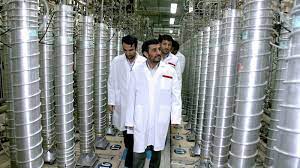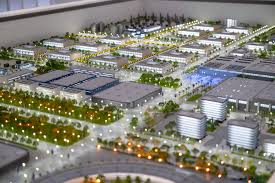Iran has begun installing advanced IR-6 centrifuges in a cluster at an underground enrichment complex, as per a long-standing plan, and now plans to add two more such clusters, or cascades, according to the United Nations nuclear watchdog.
The actions are detailed in a classified IAEA report provided to member nations soon before the IAEA’s 35-nation board of Governors published a resolution criticizing Iran for failing to explain uranium traces discovered at undeclared locations. Iran had threatened to retaliate.
Reporters obtained a copy of the IAEA report, which the agency confirmed.
Iran’s largest commercial-scale Fuel Enrichment Plant (FEP) is in Natanz, and it was built underground to protect it from aerial bombardment.
Iran was only allowed to employ first-generation, IR-1 centrifuges under a 2015 nuclear deal with world powers, but as the deal unraveled in the wake of then-President Donald Trump’s withdrawal in 2018, Iran erected cascades of more efficient advanced centrifuges, such as the IR-2m and IR-4.
Tehran, on the other hand, had been delaying the installation of a cascade of IR-6 machines for months.
The report stated, “On June 6, 2022, the Agency verified at FEP that Iran had begun to install IR-6 centrifuges in the aforementioned single cascade originally declared by Iran to the Agency.”
According to the source, Iran informed the IAEA in a letter dated June 6 of its plans to install two “new cascades” of IR-6 machines at the subterranean plant.
“On June 8, 2022, the Agency also confirmed that installation of the two ‘new’ IR-6 cascades had yet to begin,” the report continued.
Iran said it would “shut down” two IAEA cameras at an unspecified enrichment plant earlier on Wednesday, before the board vote.

















